The issue of workplace productivity has long been debated in the popular press, as organisations look for new ways to boost performance and measure the output of their employees.
Of course, measuring productivity accurately can prove difficult, especially when looking for a general method that can be applied across all industries.
Increasing productivity means surpassing your previous best, without significantly increasing your resources and it can only happen once you identify new goals and build on past performances.
To facilitate positive change, you must first gain the commitment of your wider team and instil a new positive attitude of working to ‘beat your best’.
Establishing effective SMART goals can help lay a foundation for future success.
S stands for SPECIFIC
Goals that are easily defined can be classed as specific. While general goals can be difficult to complete, specific goals have a much greater chance of being accomplished. To set a specific goal, ask yourself:
- WHO: Who is involved?
- WHAT: What do I want to accomplish?
- WHERE: Identify a location,
- WHEN: Establish a time frame.
- WHICH: Identify requirements and constraints.
- WHY: Purpose or benefits of accomplishing the goal.
M stands for MEASURABLE
If a goal can be quantified, then it qualifies as being measurable. It’s important to establish detailed criteria for measuring your progress, allowing you to stay on track towards completing your goals. Progress management also enables you to keep to pre-established timing plans, while embracing the personal satisfaction and exhilaration used to promote self-motivation.
To determine whether your goal is measurable, ask questions such as…
- How many?
- How much?
- How long?
- How will I know when it is accomplished?
A stands for ATTAINABLE
Only once a goal is humanly possible to accomplish can it be classed as attainable. After outlining the goals that you want to accomplish, you should begin creating a plan of action that can help you achieve these targets.
This may involve learning new skills or developing the abilities and financial capacity needed to make them a reality. This new-found attitude will allow you to embrace opportunities you once turned down.
With a clear and effective plan, you can achieve almost any goal you set, as you follow the steps needed to succeed.
Those targets that once felt out of sight and impossible to accomplish now move closer and become attainable. Not because they are easier, but because you have grown as an individual and have developed the right tools.
When you list your goals, you build a positive self-image. You slowly begin to develop the traits and personality needed to possess them.
R stands for REALISTIC
For a goal to be realistic, it must represent an objective that you are both willing and able to work towards. Just because you set the bar high doesn’t mean it is unrealistic.
Often the hardest tasks are simple to complete but feel longer due to a lack of motivation and passion. It’s crucial that the targets you set yourself represent substantial, measurable progress.
A goal becomes realistic once you truly believe it can be completed using the time and resources available to you.
If you have completed similar tasks in the past, then this can be a good indication that a goal is realistic – ask yourself what conditions would have to exist to complete the goal and then create this environment.
T stands for TANGIBLE
A goal is tangible when you can experience it with one of the five key senses – taste, touch, hearing, smell and sight. If you’re dealing with an intangible goal, you have a better chance of making it more realistic and attainable if you can attach a tangible to it.
Although tangible goals are easier to accomplish, intangible goals are vital to developing the personality characteristics needed to experience more success. Therefore, giving close attention to them and finding ways to monitor progress is vital for future development.
As you seek continuous professional and personal improvement, it is vital for you to set specific productivity goals – to reach any destination you need to know where you are going so you can plan the best way to get there.

